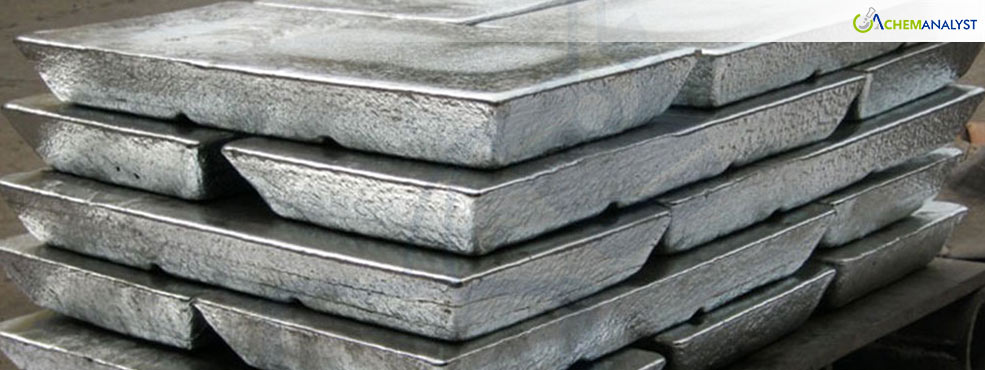Zinc Ingot Prices Fall in Germany and the U.S., Stagnate in China Amid Weak Demand
- 04-Feb-2025 8:00 PM
- Journalist: Patrick Knight
Zinc Ingot prices have faced downward pressure globally, with Germany, China and the USA witnessing a decline by the end of January 2025. Rising energy costs, trade tensions, and muted industrial demand continue to dampen market sentiment across key economies.
Zinc Ingot prices in Germany declined by 2% in the week ending December 31st, reflecting the ongoing challenges facing German industries. The energy crisis, exacerbated by additional costs such as network charges, the CO2 tax, and the gas storage levy, has significantly increased production expenses for German companies. These elevated costs have dampened demand for Zinc Ingots, impacting overall market sentiment. Additionally, base metal prices declined globally as U.S. President Donald Trump’s announcement of a 10% tariff on imports from China heightened trade war concerns and injected uncertainty into the market.
Additionally, Zinc Ingot demand in Germany has been further dampened by stagnation in the mechanical engineering sector, coupled with slower growth in key export markets like China and the USA. A sustainable recovery is out of reach as inflation has climbed once more. Delayed infrastructure investments exacerbate an industrial slowdown, potentially dampening Zinc Ingot consumption. This could lead to softer prices and reduced market activity in the near term.
In the week ending January 31, 2025, U.S. Zinc Ingot prices declined by 1.3%, reflecting a bearish market sentiment. This downturn is influenced by anticipated supply surpluses and modest demand growth. The decline in Drewry’s World Container Index, which fell by 2%, has contributed to reduced shipping costs, particularly on routes like Shanghai to NewYork and Shanghai to LosAngeles. Additionally, the potential imposition of 25% tariffs on goods from Canada and Mexico continues to weigh on demand expectations, creating uncertainty in the downstream sector.
Analysts project a 1.9% increase in mining supply and a 0.3% rise in refined zinc output for 2025, while demand is expected to grow by only 0.3%, leading to a potential market surplus. While the Trump administration’s reindustrialization efforts hint at long-term demand growth for Zinc Ingot, immediate impacts remain limited.
Zinc Ingot prices in China remained largely unchanged during the week ending January 31, despite a slight downward trend. Market activity was subdued due to the Lunar New Year holiday, with most downstream players ceasing operations. While spot supply was relatively tight, sluggish downstream demand and a decline in SHFE zinc futures prices contributed to the price stagnation.
ChemAnalyst anticipates a decline in Zinc Ingot prices due to a projected supply surplus stemming from increased mining output. Sluggish demand growth, exacerbated by policy uncertainties and a subdued industrial recovery, will further weigh on prices, creating a bearish outlook for the global Zinc Ingot market.



